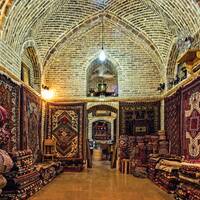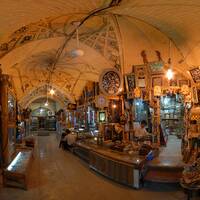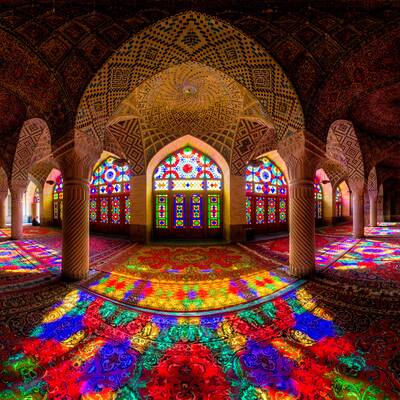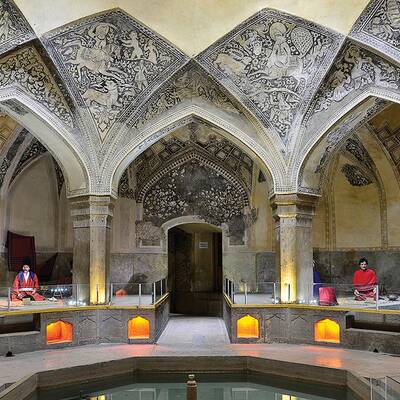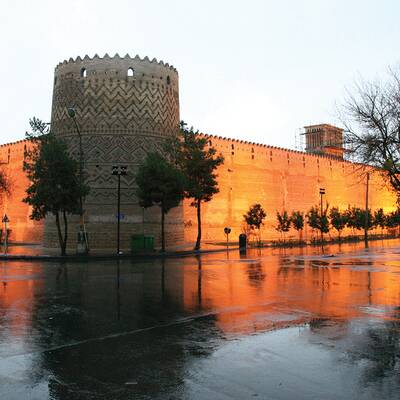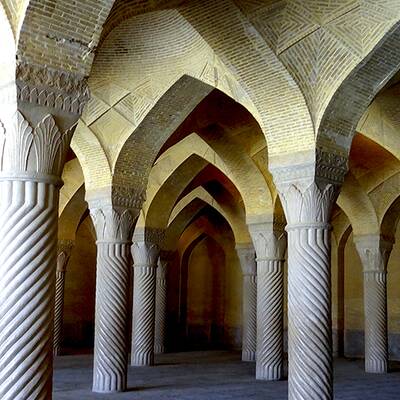Vakil Bazaar in Fars Province is part of the Vakil complex (including the mosque, bazaar, water storage, caravanserai, and bathhouses), and it is a relic from the era of Zandieh and Karim Khan Zand, which is located in the center of Shiraz (near the Shahrdary Square). King Zand completed the collection of Vakil in the twelfth century AD to further commercial prosperity. It seems that Karim Khan Zand, inspired by the Lar Bazaar, which was built during the reign of Shah Abbas Safavid, has established the Vakil Bazaar as the economic center and a place for Shiraz merchants. Construction of the Vakil Bazaar building began in 1758 and lasted until 1777. It was registered as one of the national works of Iran on July 8, 1972.
The structure of the Vakil Shiraz market is four-sided, cross-shaped, and arched. This market has five entrances and is built on an area of nearly 21 hectares. Although this bazaar is similar to Lar Bazaar and Isfahan Bazaar in terms of architecture, it is one of the best works of the Safavid era, but it has more width, which has given it a unique glory and splendor.
Vakil Bazaar has different Rasteh, but the carpets, perfumeries, Vakil Caravanserai (or Elephant Caravanserai), and the beautiful Moshir Caravanserai are more popular with domestic and foreign tourists than other sections. Two of these four sides are called Bazazan Bazaar and Kolah-dozan Bazaar. The number of stores in these bazaars is more than 80.
Sunshades have been used on the roof of Vakil Bazaar. There are also wind deflectors to move air. The Ahmadi, Roghani, and Gomrok caravanserai are located east of the Vakil Bazaar building. The new bazaar, which has long Rasteh, is located near the gate of Isfahan. It was built during the Qajar period. Visiting Vakil Bazaar is free, and this bazaar welcomes visitors from 10:00 AM to 5:00 PM. It is closed on holidays.

